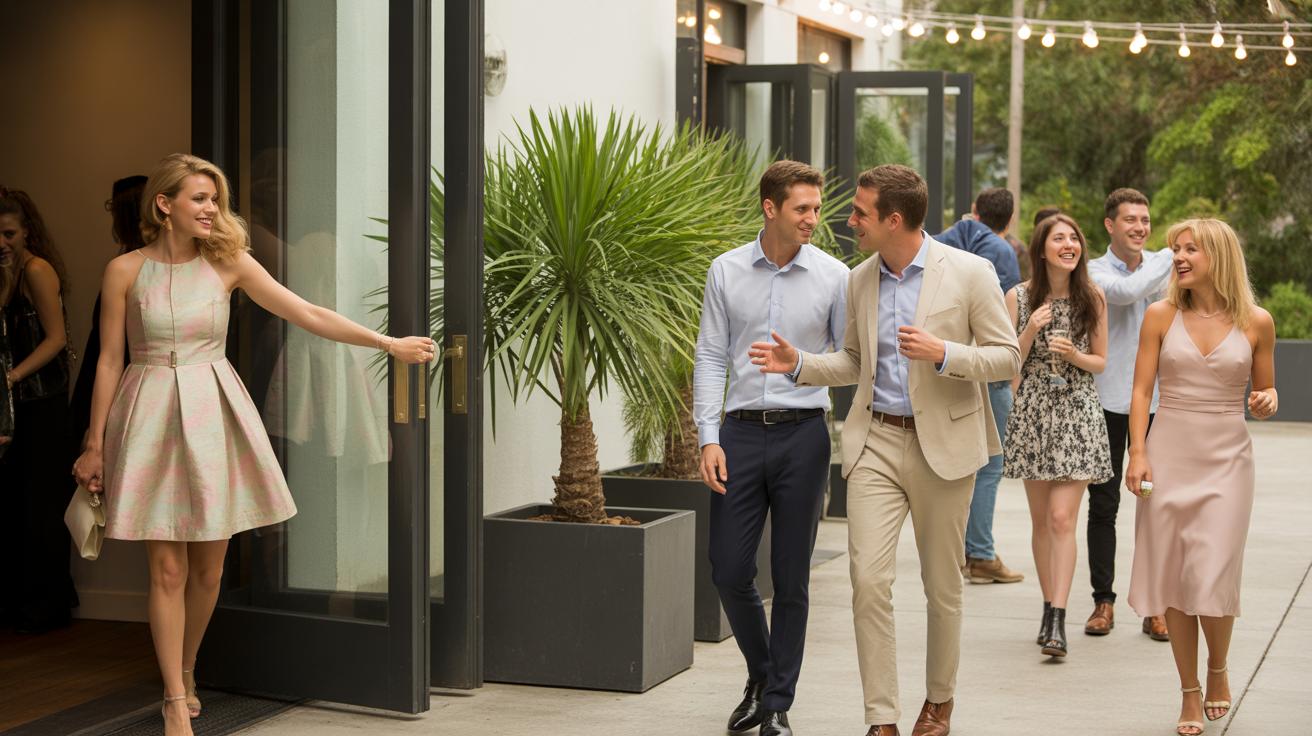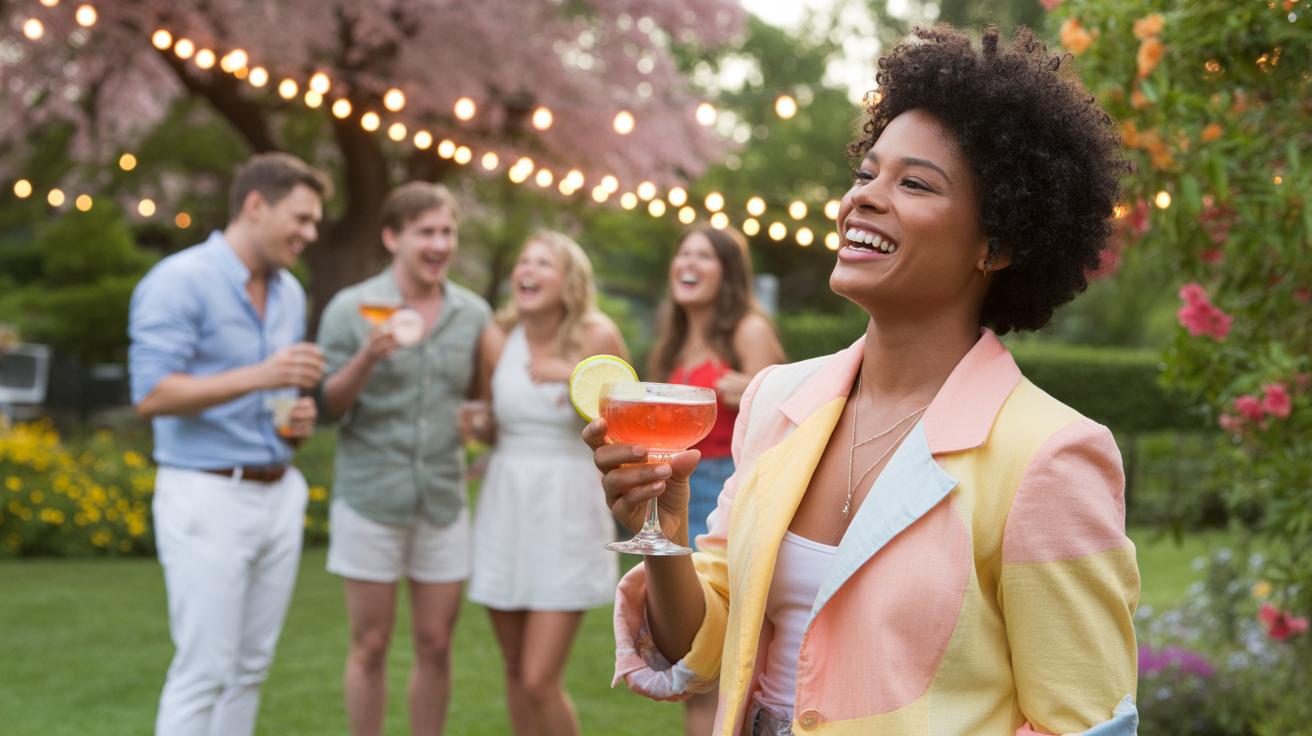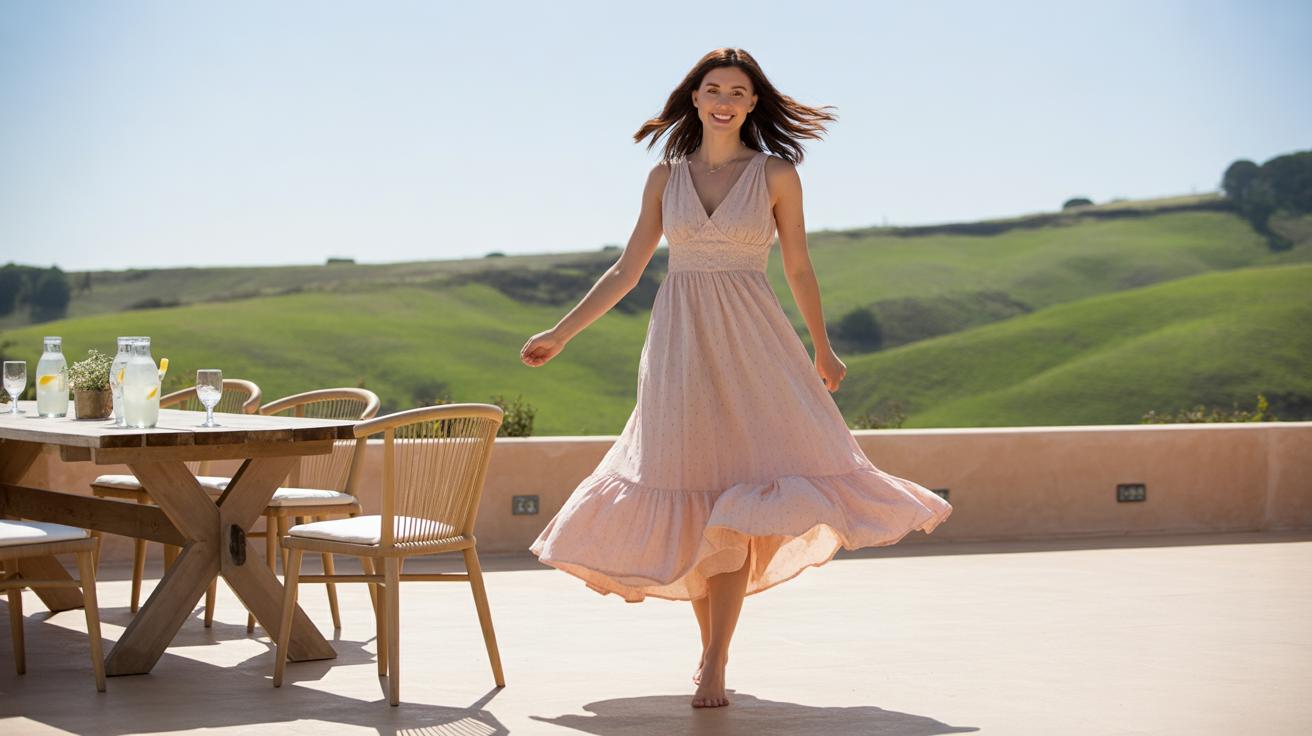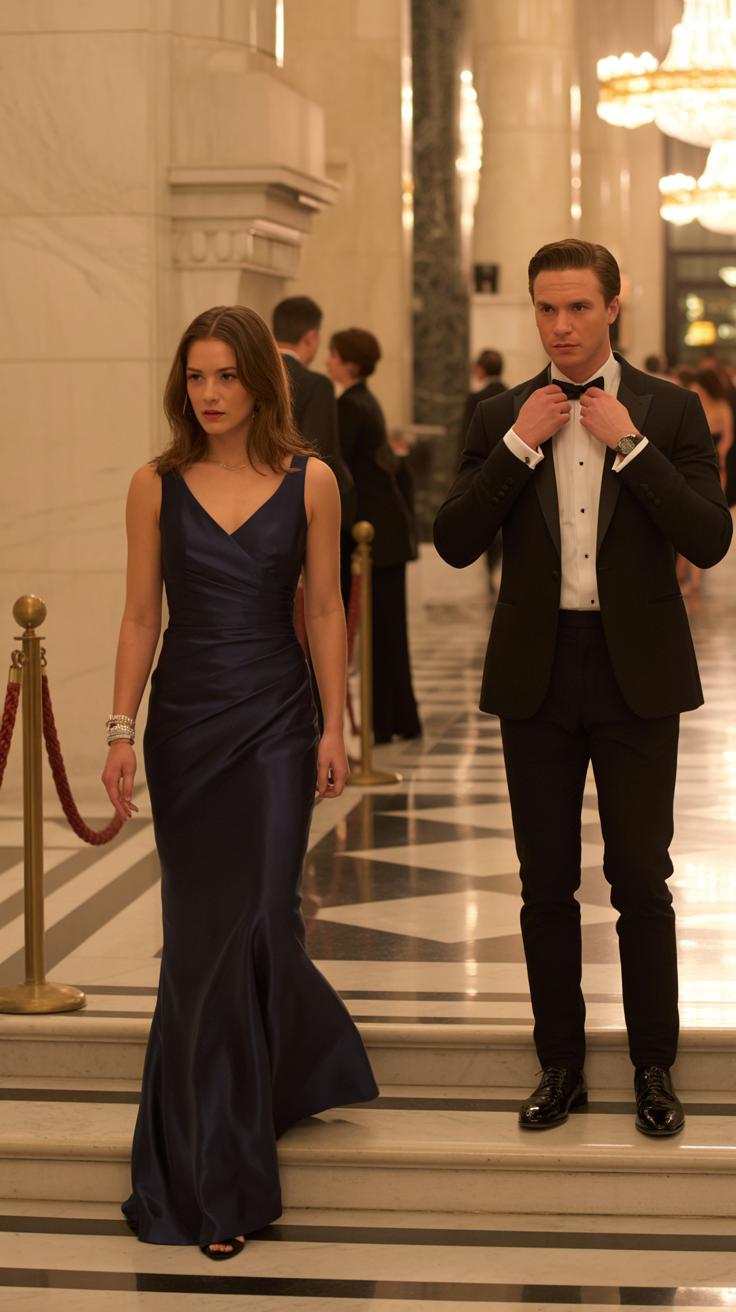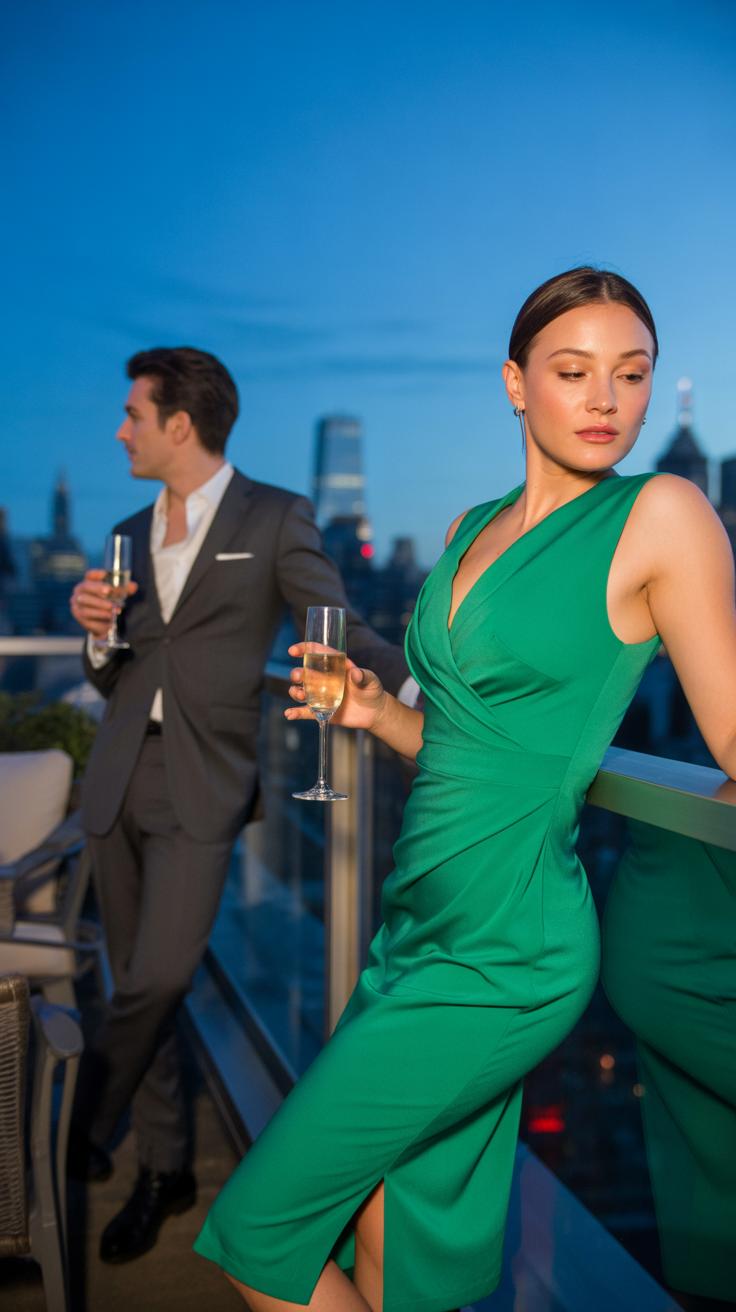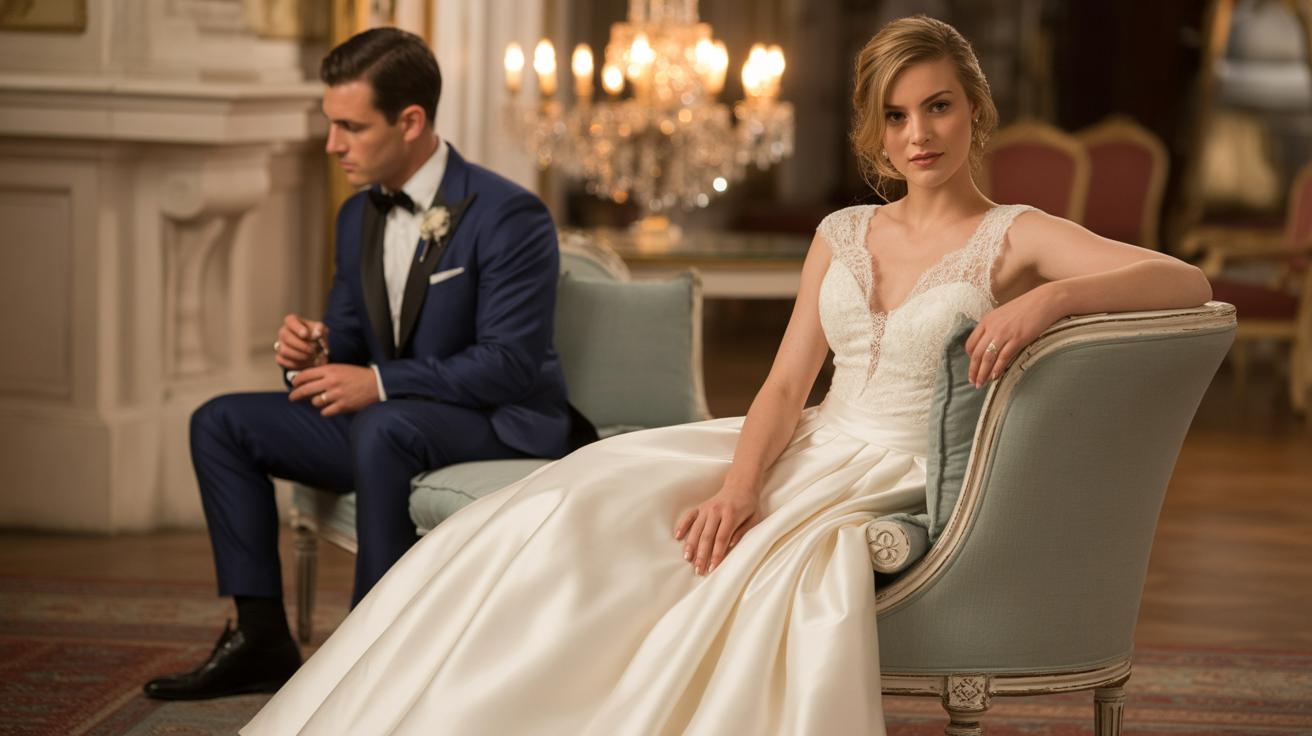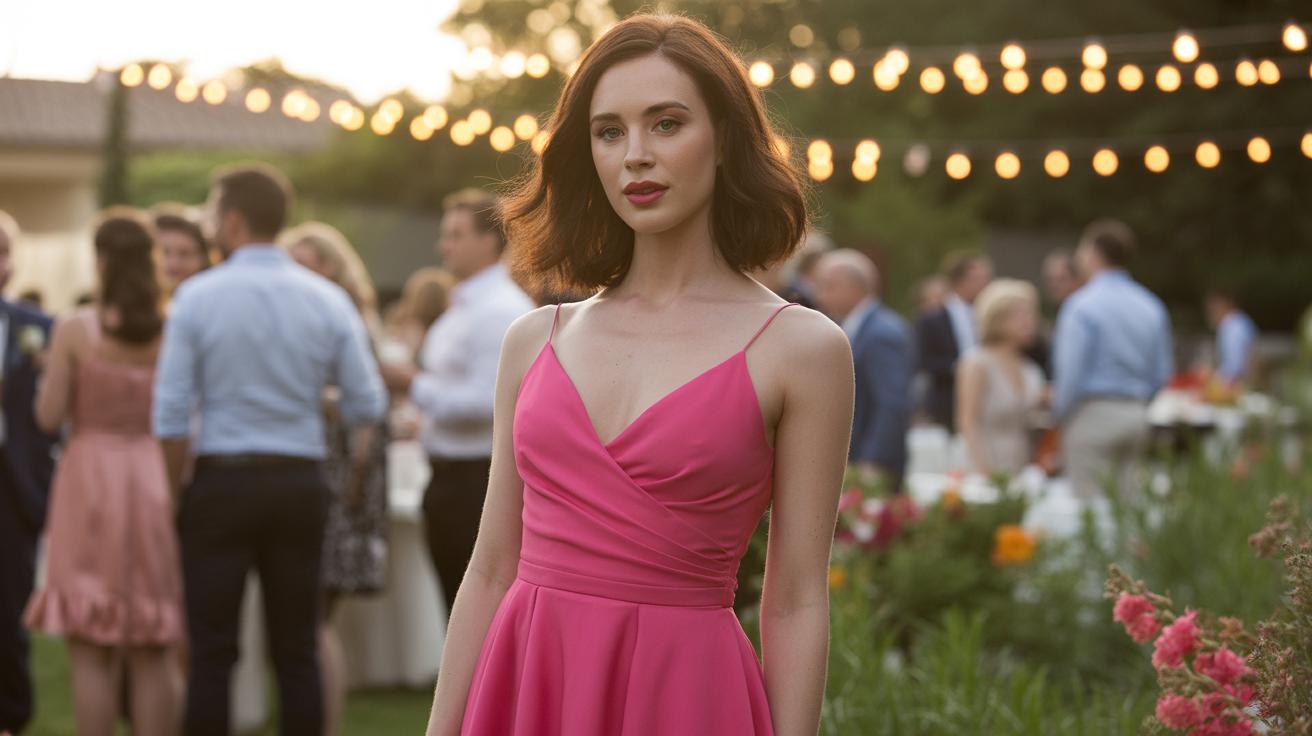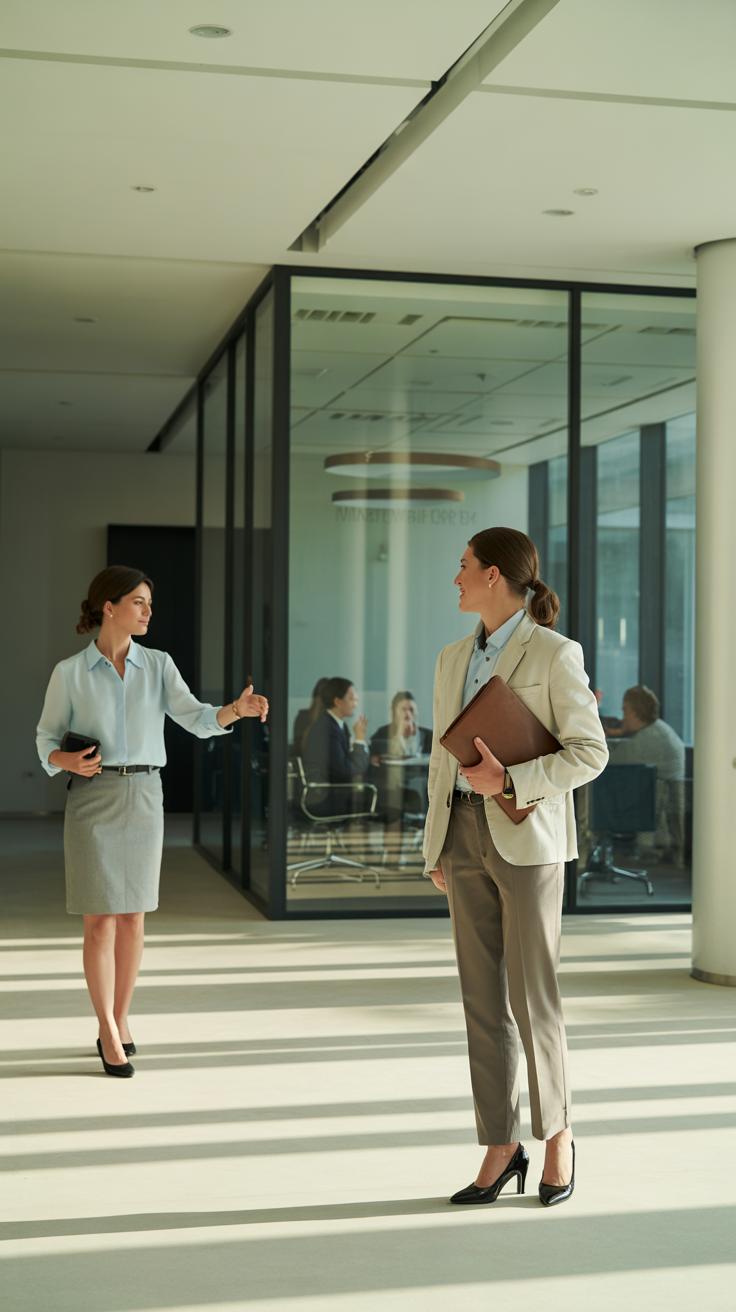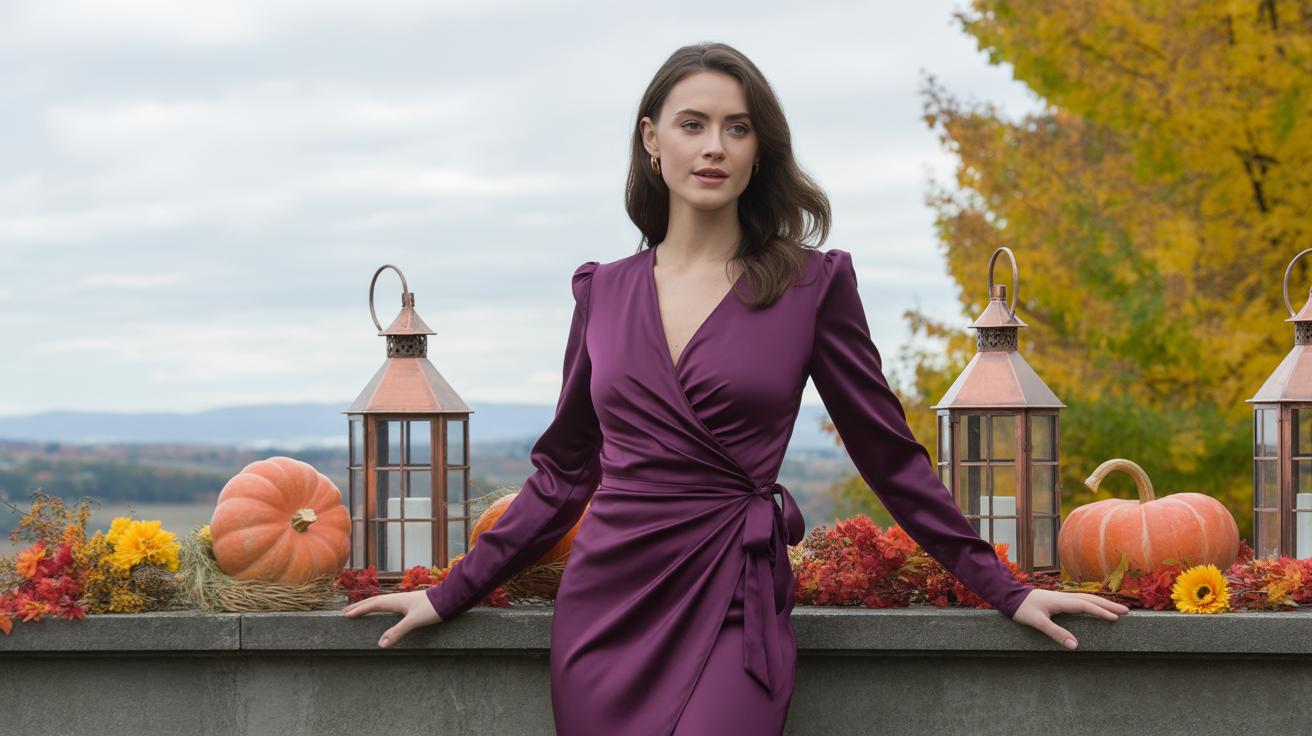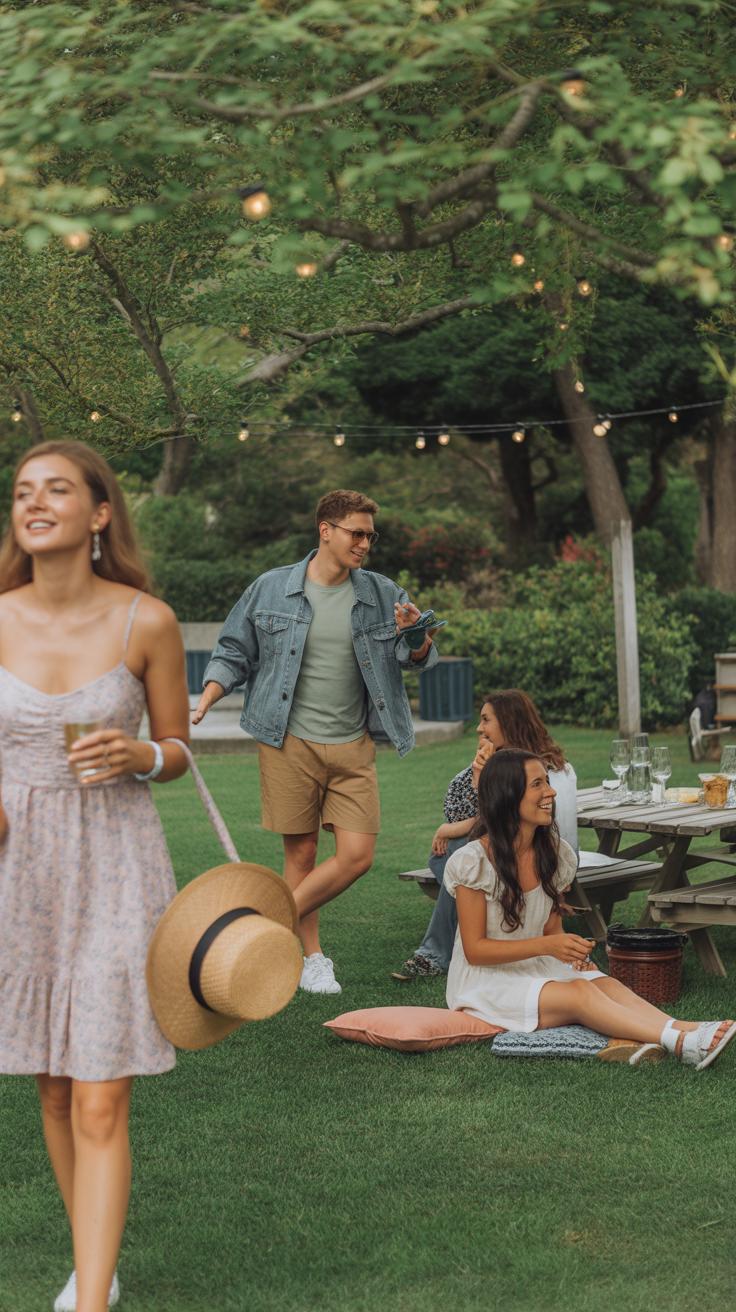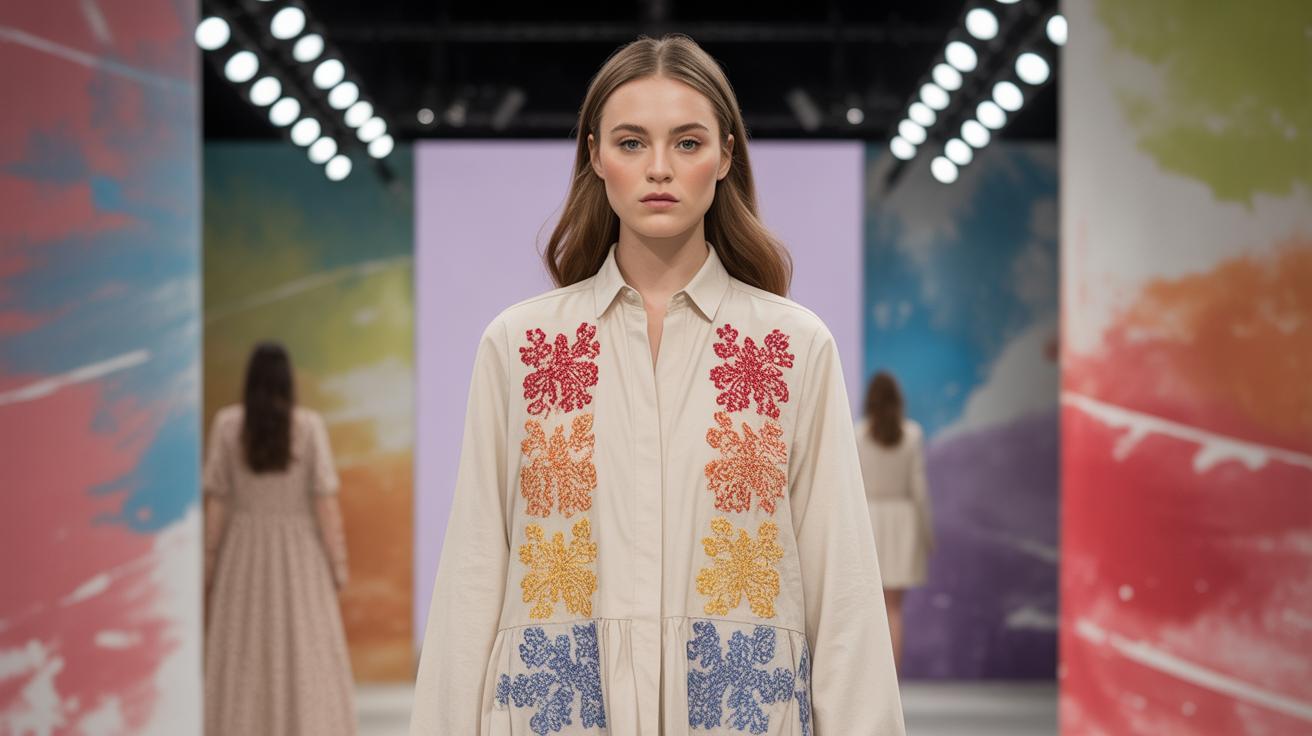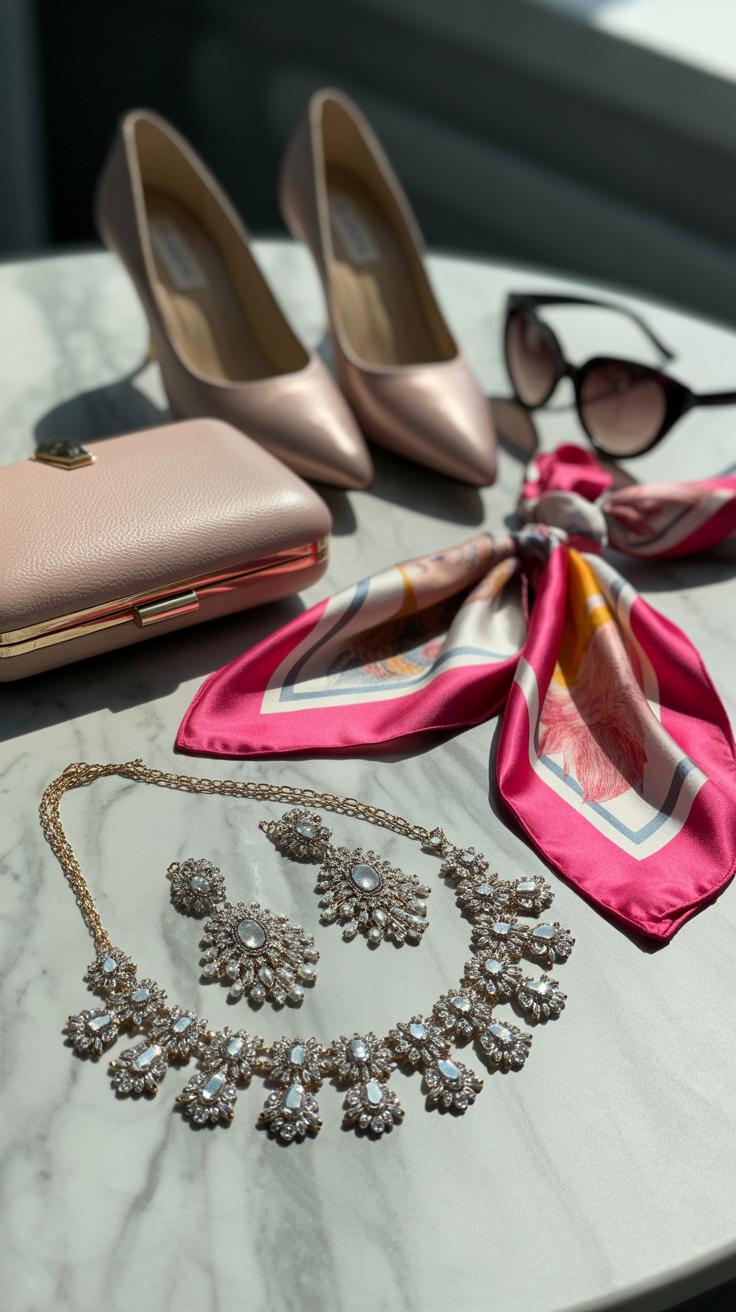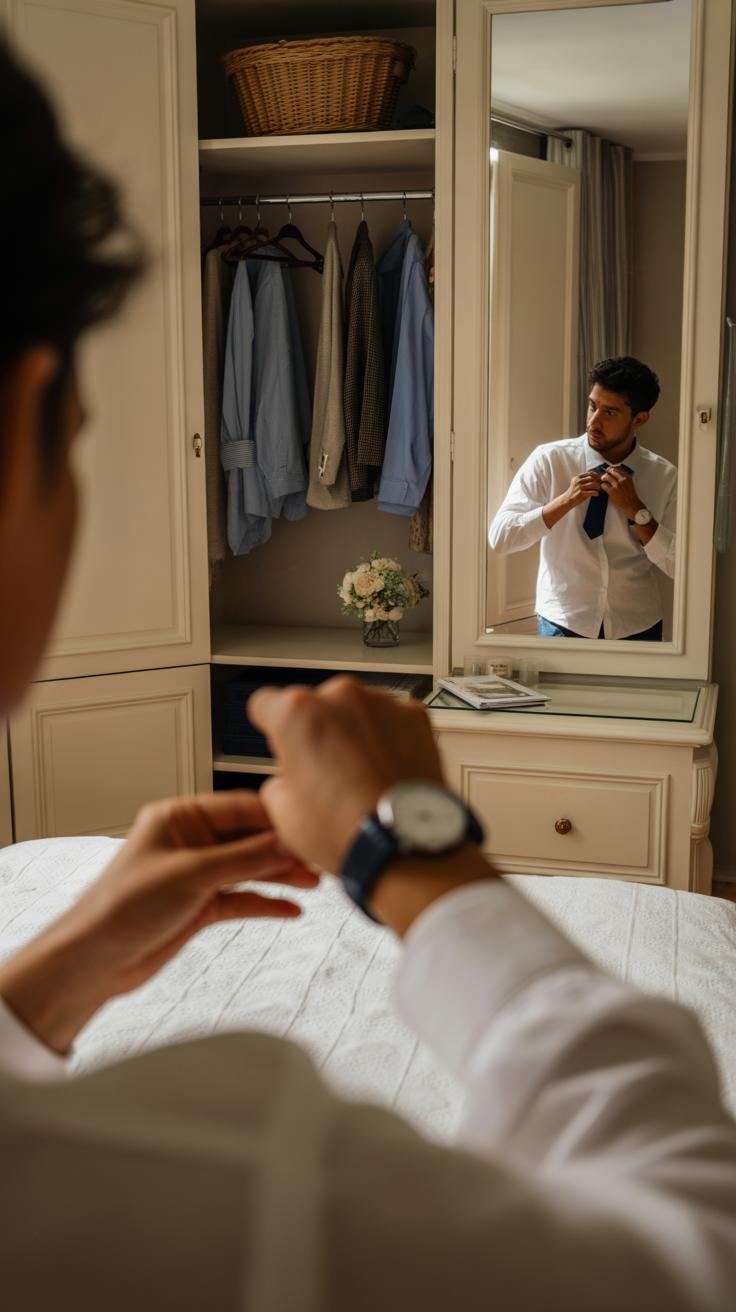Introduction
Choosing the right attire as a guest can influence your comfort and confidence at any event. Each event type demands specific dress codes and sartorial decisions that help you blend seamlessly with the occasion. Whether it is a wedding, corporate event, cocktail party or a casual gathering, your clothing speaks volumes about your respect for the hosts and the event atmosphere. This guide will equip you with actionable tips to select the best guest attire tailored for various event categories. Getting familiar with dress codes can also spare you from last-minute wardrobe confusion and social faux pas.
Different events often require specific styles and outfit conventions. Identifying the event type and understanding its standard dress code is the first step toward the ideal outfit choice. From formal black-tie affairs to relaxed outdoor parties, we will walk you through smart clothing selections. Moreover, you will learn how to interpret invitations and event details to tailor your appearance perfectly. Are you ready to master your guest attire and make a lasting impression? Let’s explore the practical insights to dress right every time.
Understanding Dress Codes
Common Dress Codes Demystified
Black tie calls for a tuxedo or a dark dinner jacket with a bow tie for men. Women usually pick a long evening gown or a stylish cocktail dress. Formal dress code often resembles black tie but allows dark suits for men and elegant dresses or gowns for women.
Semi-formal means a suit and tie for men and cocktail dresses for women. Think of it as dressing up but not as strictly as black tie. Cocktail attire encourages sharp, fashionable outfits such as a cocktail dress or dressy separates for women and a dark suit for men without the tie.
Business casual lets men wear dress pants with a collared shirt, maybe a blazer, but no ties or tuxedos. Women might wear a skirt or pants with a blouse or a simple dress. Casual dress codes ask for neat but relaxed clothes like chinos and polo shirts or summer dresses.
Knowing these categories helps you pick the right outfit easily. What would you wear if you got invited to a wedding with ‘cocktail attire’ mentioned? Would your look change for a business meeting labeled business casual?
Finding Dress Code Clues
Invitations often hint at dress codes through phrases like ‘black tie required’ or ‘business casual encouraged.’ Words such as ‘festive attire’ or ‘cocktail dress suggested’ guide your choices.
Look at the event location too. A garden party may lean casual, while a hotel ballroom often means formal or black tie.
If the invitation feels vague, ask the host or other guests politely. You can say, “I want to ensure I dress appropriately; could you share the expected dress code?”
Event websites and emails sometimes list attire details. Pay attention to timing too— evening events often demand dressier looks than daytime gatherings.
Have you ever wondered why some invitations only say ‘smart casual’? Think about the difference that subtle clue makes when deciding your outfit. The right questions and observation help you avoid both underdressing and overdressing.
Attire For Formal Events
Formal events call for polished and refined guest attire that matches the occasion’s sophistication. Black-tie galas, weddings, and award ceremonies often ask you to dress with care and attention to classic style rules. Men traditionally wear tuxedos or dark suits made from quality fabric, paired with white dress shirts and ties or bow ties that fit the setting. Stay within muted color palettes like black, navy, or charcoal for suits, and select shoes that shine but remain understated, such as black leather Oxfords. Subtle accessories, like cufflinks or pocket squares, can add personality without breaking the formal tone. Grooming should be neat, with well-trimmed hair and minimal fragrance to keep your look sharp and appropriate.
Men’s Formalwear Basics
Choosing a tuxedo is the safest route for black-tie events. A black or midnight blue jacket with satin lapels, paired with matching trousers, sets a solid foundation. White dress shirts with pleated or plain fronts work best, combined with a black bow tie or a slim black tie for formal suits. Black patent leather shoes stand out without overpowering your outfit. Keep accessories simple—a classic watch and subtle cufflinks will do. Avoid loud patterns or flashy colors in ties and pocket squares; stick to solid colors or delicate textures. Make sure your clothes fit well, as a proper fit communicates confidence and respect for the event.
Women’s Formal Outfit Options
Floor-length gowns often top the list for formal events, offering elegance and tradition in one package. If long dresses are not your preference, cocktail dresses in rich fabrics like silk or velvet provide a suitable alternative. Dressy separates, such as a silk blouse with a tailored skirt or trousers, can also work if styled correctly. Choose accessories that complement but do not dominate your outfit—think understated jewelry, a clutch, and refined heels. Colors like deep jewel tones or classic neutrals fit most formal occasions. Hair and makeup should enhance your natural features and hold up throughout the event without needing constant touch-ups.
Semi Formal And Cocktail Attire
Semi-formal and cocktail attire strike a balance between formal and casual dress codes. Both expect polished looks but allow more personal style than black-tie events. You want to look sharp without appearing overdressed.
Semi-formal attire usually applies to weddings, dinners, and celebrations held in the early evening. It calls for elegant but less rigid outfits. Cocktail attire tends to be trendier and often fits parties or social gatherings later in the evening.
The key difference lies in the time and tone of the event. Semi-formal leans more toward classic tailoring and traditional colors. Cocktail encourages playful cuts and fabrics but still requires sophistication. You should aim to reflect the formality without losing your personal touch.
How do you know which style fits best? Look at the invitation and venue. A rooftop cocktail party demands different choices than a garden wedding. Choosing the right attire means understanding the event’s atmosphere and dressing accordingly.
Semi Formal Attire Explained
Semi-formal suits work well for a range of occasions. Choose slim-fit suits in navy, charcoal, or classic black. Lighter colors like gray or blue work for daytime events. Pair your suit with crisp dress shirts and good-quality shoes to keep your look tidy.
Women can select knee-length dresses or elegant skirts with blouses. Fabrics like silk, chiffon, or lace add just the right touch without feeling overdone. Simple accessories and low heels complete your outfit efficiently.
Focus on pieces that transition smoothly from daytime to evening events. This flexibility saves you time and money. Do you own outfits that can adapt to these settings? If not, consider investing in a well-fitted blazer or a versatile dress.
Cocktail Party Style Tips
Cocktail parties call for more playful yet polished ensembles. Women often go for shorter dresses that hit above or at the knee. Dresses with unique cuts, bold colors, or subtle embellishments are common choices. Dressy pantsuits offer a stylish alternative and stand out at cocktail events.
Men should wear sharp jackets, such as blazers with tailored trousers. A crisp button-down shirt with or without a tie works depending on the event’s mood. Dress shoes are preferable, but loafers can fit well when styled correctly.
Consider the event’s location and crowd when picking fabrics and colors. Are you attending a rooftop gathering in summer? Lightweight materials and bright tones work best. Cocktail attire invites you to show personality while remaining elegant—are your selections sending the right message?
Business Casual And Corporate Events
Business casual strikes a balance between formal and relaxed. It means dressing smartly without wearing a full suit or tie. Many workplaces now favor business casual because it projects professionalism while allowing comfort. To interpret corporate event dress codes, focus on clean, polished pieces that suit the company culture. Ask yourself if your clothes feel neat enough for an office meeting but not overly formal like black-tie events. Your goal is to look put-together and ready to engage. If the invitation says “business casual” but the event is a networking mixer, aim slightly higher within business casual. This approach helps you stand out positively without appearing underdressed.
Business Casual Essentials
Core items for business casual include blazers, dress shirts, tailored slacks, and skirts just above or below the knee. Select blazers in neutral colors like navy, gray, or black for versatility. Shirts should be crisp, whether solid, striped, or slightly patterned, avoiding loud prints. For bottoms, slim or straight-leg pants work well. Skirts or dresses should maintain a professional length and fit. Footwear matters—opt for loafers, polished flats, or low heels that combine comfort and style. Avoid sneakers or sandals. Accessories should be minimal and subtle to complete the outfit without drawing too much attention.
Corporate Event Considerations
When business casual must shift toward more formal corporate events, upgrade your outfit with simple tweaks. Swap your casual blazer for one with sharper tailoring and choose a dress shirt with a stiffer collar or subtle texture. Consider darker or solid colors to convey authority. Add a classic watch or a refined leather belt to enhance your look. For women, pairing a blazer with a sheath dress or tailored pants elevates your style effectively. Footwear can shift to low pumps or polished Oxfords. Think about the event’s setting—networking parties may allow a bit more creativity, such as statement jewelry or a bold tie, but keep your overall appearance polished and confident.
Casual And Outdoor Event Attire
Choosing the right clothes for casual and outdoor events means balancing comfort with style. Fabrics like cotton, linen, and light chambray keep you cool and look fresh. You want materials that breathe and move with you, especially if the event involves time in the sun or on your feet.
Layering plays a key role. A light jacket or cardigan helps when temperatures drop in the evening. You can also add a crisp shirt over a simple t-shirt to upgrade your look without losing comfort.
Footwear matters more than many realize. Practical shoes like loafers, low-heeled sandals, or clean sneakers protect your feet on grass or uneven paths. Avoid heels that sink into the ground or shoes that might get dirty quickly. Ask yourself: will you be comfortable walking or standing for hours?
Casual Dressing Do’s and Don’ts
Casual dress doesn’t mean sloppy. Choose simple, well-fitting pieces that stay neat all day. A plain polo, a chambray button-up, or a tailored pair of shorts work well.
Do avoid clothes with holes, stains, or wrinkles. They give a careless look. Shirts tucked in or neat layering add structure without trying too hard.
Keep your color palette balanced. Solid colors or subtle patterns make outfits look fresh and intentional. You want to look like you belong without appearing you dressed last minute.
Outdoor Event Tips
Adjust your outfit based on the weather and terrain. For strong sun, wear a hat and sunglasses. Choose lightweight clothing that covers your skin if you’ll be in direct sunlight long.
Consider mobility. Choose clothes that allow easy movement—nothing too tight or restrictive. For uneven surfaces, opt for sturdy shoes with grip.
Think about insects or dirt by wearing longer sleeves or bringing a light scarf. Planning ahead helps you stay comfortable and stylish throughout the event.
Cultural Sensitivities In Guest Attire
You might not realize how much culture shapes what is considered appropriate guest attire. Different traditions often come with specific clothing customs that carry deep meaning. Ignoring these customs can cause discomfort or even offend hosts and other guests.
When invited to cultural, religious, or traditional events, taking time to learn the dress expectations shows respect. Ask the host if you are unsure. Simple steps like covering shoulders or avoiding loud patterns can make a big difference. Wearing respectful clothing means focusing on modesty, colors, or symbols that hold significance for that culture.
Think about a wedding in India where guests often wear bright saris or kurtas. Or a Muslim ceremony where modest dresses and headscarves might be required. Knowing these details helps you dress in a way that honors the occasion and its people.
Respecting Tradition Through Clothing
Many cultural events have traditional garments guests may be expected or encouraged to wear. In Japan, you might see guests in kimonos for a tea ceremony or wedding. Wearing a simple kimono or a respectful dress that mimics the style signals awareness and respect.
At Scottish weddings, guests sometimes wear kilts or tartan accessories. Even if you don’t own one, a tartan scarf or tie shows you made an effort. In African ceremonies, bright and patterned Ankara fabrics are common; you can opt for a garment with a subtle Ankara-inspired pattern to fit in.
Respecting tradition doesn’t always mean full costume but wearing elements or styles connected to the culture. This shows you appreciate the event beyond just attending.
Do’s and Don’ts in Cultural Events
Avoid clothing that may be seen as disrespectful during cultural events. Revealing outfits, overly casual wear like shorts or flip-flops, and flashy accessories often do not fit the occasion. For example, at a Sikh Gurdwara, it’s important to cover your head and remove shoes before entering.
Don’t wear symbols or patterns that have sacred or political meaning unless you understand their significance deeply. Bright whites or blacks may have different meanings depending on the culture. Avoid wearing leather to Hindu or Buddhist funerals where it is considered inappropriate.
Behaviors matter too. Avoid loud or disruptive actions during ceremonies. Being mindful shows you value the culture hosting the event. Have you ever thought about what your clothing says in these settings? Your choices can show either respect or disregard.
Accessorizing Your Guest Outfit
Choosing The Right Accessories
Accessories can change your entire look when you attend an event. Choosing the right ones depends on how formal the occasion is. For a black-tie event, simple and elegant pieces like pearl earrings or a silver watch work best. Casual gatherings allow for more playful accessories, such as colorful scarves or bold statement necklaces.
Consider the event’s setting too. Outdoor daytime events might call for wide-brim hats and sunglasses. Evening events often need subtler pieces that do not steal the spotlight from your outfit. Think about matching the metal tones of your jewelry with your shoes or bag to create harmony.
Will your accessories support the dress code without clashing? Ask yourself if each item helps you fit in and feel confident.
Balancing Comfort And Style
You want your accessories to look good but also feel good. Heels can improve posture but may cause discomfort if worn all day. Look for shoes with cushioned soles or opt for stylish flats at less formal events.
Jewelry should never pinch or irritate your skin. Choose lightweight pieces that won’t weigh you down or distract. When selecting bags, a size that fits essentials without bulk keeps your hands free and movement easy.
Outerwear should match your outfit’s tone and the weather, keeping you warm without limiting your style. Layer thin items to avoid feeling restricted. When attending a long event, prioritize accessories that let you enjoy yourself without fuss.
Final Preparation And Dressing Tips
Planning your outfit before the event day prevents last-minute stress. Start by trying on your entire look a few days early. Check if everything fits well, from clothes to shoes and accessories. Minor fit issues can often be fixed with simple alterations or adjustments.
Coordinate colors to match the occasion, but avoid overthinking. Consider the event venue and time when selecting your palette. Do your colors work together smoothly, or do they clash? If unsure, keep it neutral with small pops of color.
Have backup options ready. This might mean carrying a spare pair of shoes, a different top, or even safety pins and stain remover wipes. These simple preparations help you stay confident no matter what happens.
Getting Ready For The Day
Create a clear timeline for your event day. Start by setting aside extra time for showering, grooming, and dressing. Begin grooming early—shave, style hair, or apply makeup well before you plan to leave. This prevents rushing and mistakes.
Lay out your entire outfit the night before, including shoes and accessories. Pack a small bag with essentials like your phone, wallet, and backup items. Plan your travel, estimating how long it will take to get there, and add extra time for traffic or parking.
Have you thought about how the weather might affect your travel and outfit? Preparing for these details reduces last-minute surprises.
Handling Unexpected Situations
Unexpected changes may happen, such as a shift in dress code or sudden weather changes. Keep an eye on event updates and ask the host if unsure about the dress code.
If weather turns bad, carry a versatile jacket or umbrella that matches your outfit. Quick fixes for wardrobe mishaps include double-sided tape for slipping collars or small sewing kits for fixing loose buttons.
Could an unexpected event leave you feeling unprepared? Having simple tools and a calm mindset allows you to adapt quickly and keep your confidence intact throughout the event.
Conclusions
The right guest attire enhances your participation in any event, showing your appreciation for the occasion and the hosts. Proper dress code adherence can elevate your presence and help you feel comfortable and confident throughout the event. As events vary greatly in nature and environment, selecting your clothing with care avoids social discomfort and reflects your personal style positively. Remember, your outfit choice should be guided by event type, formality, season, and venue.
Planning ahead and understanding event expectations will make your dressing decisions easier and more enjoyable. Use this guide as a reference to decode invitations and steer clear from wardrobe guesswork. When you align your attire to the event’s tone, you project respect and good taste. Will your outfit be memorable for its elegance and appropriateness? With thoughtful planning, every event becomes an opportunity to express the best version of your style.


